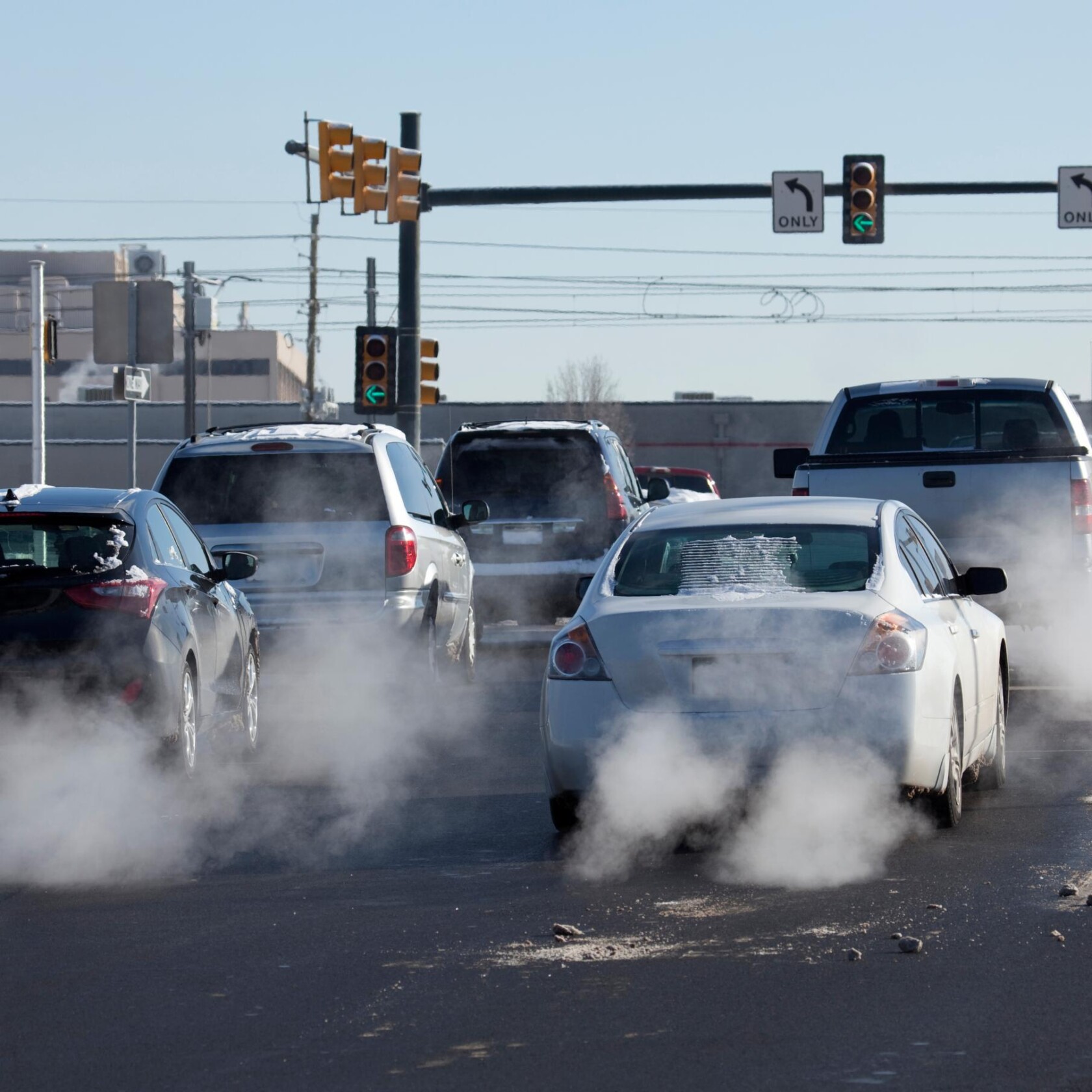The Rubber Meets the Road on State and Federal Vehicle Emissions Strategies

March and April have been busy months for vehicle emission regulation in the U.S. On March 20 and March 29 respectively, the U.S. Environmental Protection Agency (U.S. EPA) issued a set of final emission rules setting stringent emission standards for all vehicle classes. On April 9, the D.C. Circuit Court of Appeals upheld U.S. EPA’s Clean Air Act waiver allowing California to set its own emission standards. And, on April 19, 25 states petitioned the D.C. Circuit to vacate the final emission rule that U.S. EPA issued in March for light and medium-duty vehicles. The outcome of the petition issued on April 19 could have significant implications for U.S. EPA’s “Clean Trucks Plan” and for nationwide vehicle emissions regulation more generally. U.S. EPA’s March emissions rules are the latest in the agency’s series of actions ratcheting down criteria pollutant and greenhouse gas emissions from engines and vehicles and furthering the transition to zero-emission technologies.
The Final Steps in U.S. EPA’s Clean Trucks Plan
The rules issued on March 20 and March 29 round out the U.S. EPA’s Clean Trucks Plan, with the first rule setting final emissions standards for model year 2027-2032 light-duty and medium-duty vehicles and the second setting final emissions standards for heavy-duty highway vehicles starting with the 2032 model year.
Emissions Standards for Light- and Medium-Duty Vehicles
The new standards in the final rule restrict emissions of both greenhouse gases and criteria pollutants from light- and-medium duty vehicles beginning in the 2027 model year. The new standards build upon the standards U.S. EPA issued in 2021 for the 2023 through 2026 model years and continue to push electrification and zero-emission initiatives. U.S. EPA continues to state that these new standards are technology neutral but indicates that the rules will help account for a 44% decline in emissions for medium-duty vehicles, and a nearly 50% decline for light-duty vehicles relative to the existing standards for the 2026 model year. U.S. EPA also indicated that battery-electric vehicles (“BEVs”) are expected to represent 30% to 56% of new light-duty vehicle sales in the 2030 to 2032 model years and these new standards leverage advances in “clean car technology”.
Emissions Standards for Heavy-Duty Vehicles (Phase 3 Greenhouse Gas Standards)
The new standards in this final rule apply to greenhouse gas emissions from heavy-duty highway vehicles, such as delivery trucks, refuse haulers, public utility trucks, transit, shuttle, school buses, day cabs, and sleeper cabs on tractor-trailer trucks with the phase-in beginning for model year 2027. These standards build on U.S. EPA’s Phase 1 and Phase 2 Greenhouse Gas Standards that U.S. EPA issued for heavy-duty highway vehicles in 2011 and 2016. The new standards phase-in over time setting more stringent emission standards year over year. According to U.S. EPA’s website, these standards are “technology-neutral and performance-based, allowing each manufacturer to choose what set of emissions control technologies is best suited for them and the needs of their customers.” The rule includes added warranty requirements for batteries in zero-emission vehicles, and manufacturers are required to “provide a customer-facing battery state-of-health (SOH) monitor for all heavy-duty [battery-electric vehicles (BEVs)] and PHEVs.” The projected emission reductions from the new standards vary by vehicle type but are projected to be between 25% to 60% by model year 2032.
D.C. Circuit Upholds California’s Clean Air Act Waiver
Just after U.S. EPA issued the final steps in its Clean Trucks Plan, the D.C. Circuit upheld California’s Clean Air Act waiver allowing California to set its own emission standards paving the way for the California Air Resources Board to enforce its various zero-emission vehicle regulations such as the Advanced Clean Trucks Rule, Advanced Clean Fleets Rule, and Advanced Clean Cars II Rule. Under Section 209 of the Clean Air Act, California can obtain a waiver of the otherwise applicable prohibition on states adopting their own emissions standards. Under Section 209 of the Clean Air Act, unless the U.S. EPA finds certain limited grounds for denial it must grant California a waiver of preemption. Several states and industry groups had challenged California’s Clean Air Act waiver to institute these rules. The April 9 D.C. Circuit decision paves the way for California to continue its zero-emission strategy and for other states to adopt California’s regulations under Section 177 of the Clean Air Act which allows other states to adopt California standards.
States Challenge U.S. EPA’s Final Standards for Light and Medium Duty Vehicles
On April 19, 2024, 25 states petitioned the D.C. Circuit to vacate the U.S. EPA’s final emission standards for light and medium duty vehicles for the 2027 through 2032 model years. The petition argues that the new standards exceed the agency’s statutory authority and that the rule is otherwise arbitrary, capricious, an abuse of discretion, and not in accordance with the law. In statements regarding the petition and the final rule, the challenging states have indicated that the emissions standards are unworkable and force the transition to electric vehicles that would threaten jobs, increase prices, and undermine the reliability of the electrical grid.
What’s Next?
While certain states have challenged U.S. EPA’s recent emission standards for light and medium duty vehicles beginning with the 2027 model year, at this time, it is unclear whether those standards will remain in place during the challenge. If the rule remains in place, it will become effective on June 17, 2024. In addition, the separate heavy-duty highway standards that U.S. EPA recently finalized will be effective on June 21, 2024. Assuming the heavy-duty highway rule remains in place and/or the light and medium duty rule is upheld, and given that California’s Clean Air Act waiver is in place with additional states following California’s lead, manufacturers will likely be required to integrate increasing volumes of hybrid and zero-emission products in their lineups to meet the state and federal standards. The continued increase in zero-emission vehicles will continue to increase the need for additional investment in zero-emission transportation infrastructure and continued shifts all along the automotive supply chain, including in battery production.

